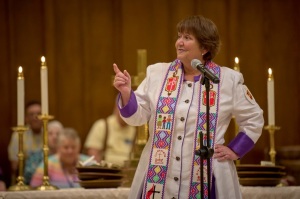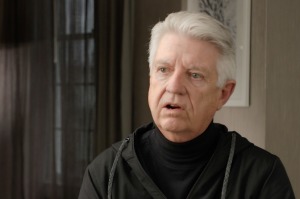Thanksgiving: 4 Facts About the History of the Holiday

It is Thanksgiving, one of the major holidays in the United States. Below are four points of interest regarding the development of the observance, on the last Thursday in November, and the practices therein.
Thanksgiving Used to Happen Any Time
The modern concept of Thanksgiving dates back centuries, deriving from religious traditions in Europe.
Ann Berry, executive director for The Pilgrim Society & Pilgrim Hall Museum located in Plymouth, Massachusetts, told The Christian Post in an earlier interview about how Thanksgiving could happen any time during the year.
"In the early 17th century, a Day of Thanksgiving was declared by a religious leader as a time for contemplation, prayer and, often, fasting in response to a special act of Divine Providence – rain after a drought for example," explained Berry.
"There were also civilly declared Days of Thanksgiving in response to an event such as a victory in battle or the end of war. Several were declared in the Plymouth and Massachusetts Bay Colonies."
The Thanksgiving commonly thought of by modern Americans took place in 1621 at Plymouth colony in Massachusetts.
Plymouth's Thanksgiving Was Not the First
While popular America imagination looks towards the pilgrims and their Native American guests as the first Thanksgiving, other places in the modern United States have valid claims to being earlier.
In 1598, over 20 years before the pilgrims and Native Americans dined at Plymouth, Spanish Conquistadors celebrated a day of Thanksgiving at San Elizario in present day Texas.
Al Borrego, artist and spokesman for the San Elizario Genealogical and Historical Society, told CP last year about the historical event.
"Oñate, colonizer of New Mexico, entered what is now the United States, near San Elizario, Texas on April 20, 1598 at the banks of the Rio Bravo," said Borrego.
"They built a church with a nave large enough to hold the expedition (over 500) held a mass followed by the 'Toma' (official taking possession of the territory the river drained into) followed by a feast and celebration and even a comedy in the afternoon."
The San Eliazario celebration had all the key trappings of a Thanksgiving, right down to the local indigenous population joining in the meal.
Still earlier was St. Augustine, Florida, where Spanish settlers celebrated the observance in 1565, according to historian Michael Gannon.
"Not until 56 years later would the Pilgrims in Massachusetts observe their famous Thanksgiving," said Gannon to the publication Florida Today.
"St. Augustine's settlers celebrated the nation's first Thanksgiving over a half century earlier, on September 8, 1565. Following a religious service, the Spaniards shared a communal meal with the local native tribe."
Turkey not on the Menu
Common images of the English Thanksgiving at Plymouth include that of the turkey, along with various alcoholic drinks, being consumed by white man and Indian alike.
However the actual courses would have looked far different than modern Thanksgiving fare, as contemporary accounts of the 1621 observance noted deer and maybe various birds, but no confirmed turkey.
"Culinary historians speculate that the deer was roasted on a spit over a smoldering fire and that the colonists might have used some of the venison to whip up a hearty stew," noted History.com.
"Local vegetables that likely appeared on the table include onions, beans, lettuce, spinach, cabbage, carrots and perhaps peas."
While cranberry sauce, potatoes, and pumpkin pie were absent from the meal, cornmeal, mussels, and various New England berries were likely on the menu.
Thanksgiving a State's Rights Argument
The widely popular federal holiday once was a source of controversy between the federal government and more than a dozen states.
From 1863 to 1939, the president annually issued a proclamation for a Day of Thanksgiving to fall on the last Thursday of November.
However in 1939 President Franklin Delano Roosevelt observed that the last Thursday fell on the last day of the month was concerned about the Christmas shopping season, according to the National Archives.
"Concerned that the shortened Christmas shopping season might dampen the economic recovery, President Franklin D. Roosevelt issued a Presidential Proclamation moving Thanksgiving to the second to last Thursday of November," noted the Archives' website.
"As a result of the proclamation, 32 states issued similar proclamations while 16 states refused to accept the change and proclaimed Thanksgiving to be the last Thursday in November. For two years two days were celebrated as Thanksgiving – the President and part of the nation celebrated it on the second to last Thursday in November, while the rest of the country celebrated it the following week."
In 1941, Congress passed a joint resolution fixing the date of Thanksgiving to the final Thursday of November, where it remains to the present day.




























